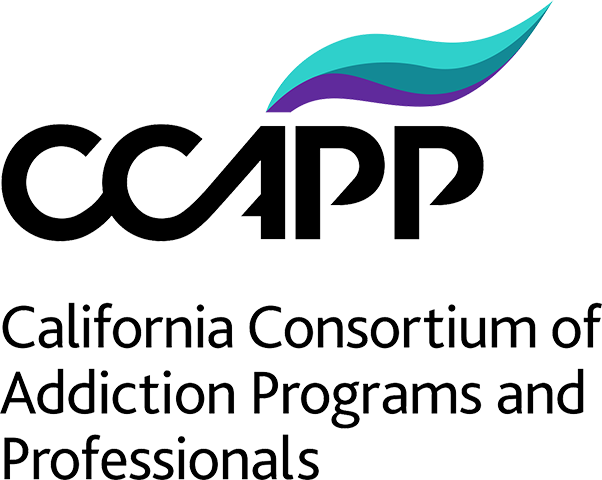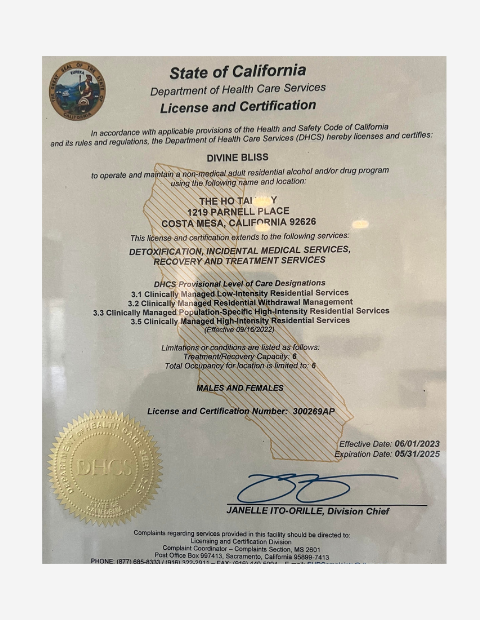Start Your Addiction Recovery Journey Today at The Ho Tai Way
A Xanax Detox Program for Women in Costa Mesa
The Ho Tai Way recognizes that many women battling Xanax addiction have faced considerable trauma. Our Costa Mesa detox center is designed specifically for women and emphasizes trauma-informed care. In this secure setting, we concentrate on helping women safely navigate through Xanax detox while addressing underlying emotional and psychological issues.











